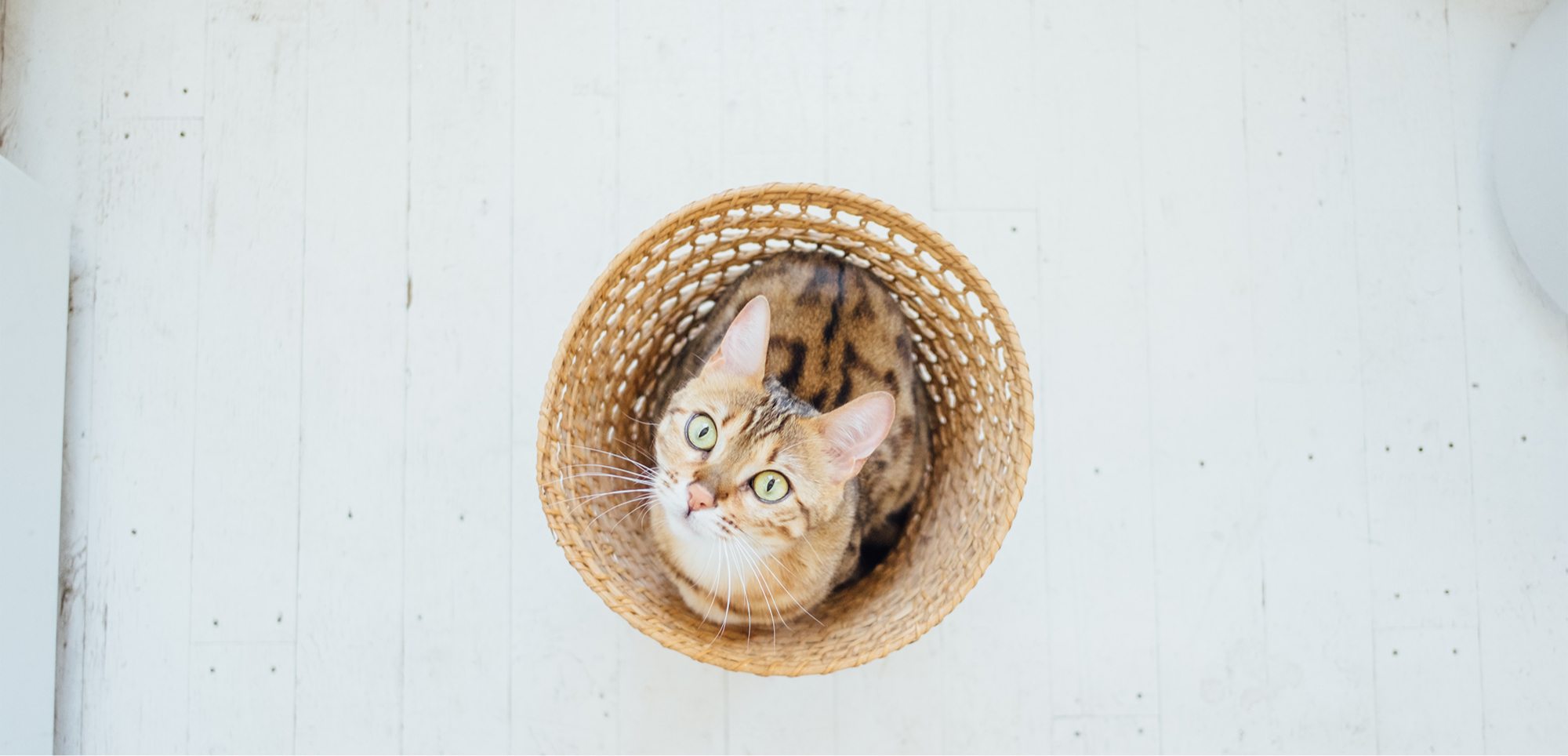Creating a DIY house for your guinea pig
Gone are the days when guinea pig owners would keep their pets alone in a hutch in the backyard with little interaction with the family or socialisation.
Now many owners are choosing to keep their guineas inside as part of the family. All guinea pigs need a palace fit for royalty – read on for our best DIY tips for creating one for your pet.
Indoor living guineas have many advantages. For one, it is easier to control their environment as you don’t need to deal with the elements outdoors. Having your GPs indoors also means they get to be more involved with the action and spend precious time with their favourite humans.
Despite being small animal, guinea pigs need a lot of room to exercise and run around to be happy pigs, and for this reason are suited best to large accommodation. Exercise is very important for healthy guinea pigs; their best way of getting the exercise they need is to run laps around their housing. If their area is too small they will get bored and are at risk of serious health problems such as heart disease and diabetes.

A house fit for a piggie Queen or King
Indoor accommodation for your guinea pig can be fun and easy to create. It is also a great excuse to get creative and to build a perfect haven for your beloved companion.
Most hutches found at pet stores are far too small for your guinea pigs to be able to display natural behaviours and live the life they deserve.
To create a perfect and tailor-made house for your guineas then you may consider building a ‘C&C’ cage. A relatively new concept compared to the standard hutch, a ‘C&C’ cage stands for cubes and coroplast. Cubes refers to the metal grid system that forms the cage structure, and coroplast is the plastic ‘tray’ that forms the base of the cage.

Building your own C&C cage
The materials to build your cage can be easily sourced online or at hardware stores. To build a C&C cage, you will need a sheet of coroplast big enough to form the base of your cage, and the metal grid ‘cubes’ to form the walls. We recommend the following as preferred minimum sizing to ensure your guinea has all the space they need (dependant on the number of guinea pigs):
- 1 guinea pig: Area – 0.7sq m / Grids – 2×3 grids / Size – 70×105cm
- 2 guinea pigs: Area – 0.9sq m / Grids – 2×4 grids / Size – 70×140cm
- 3 guinea pigs: Area – 1.2sq m / Grids – 2×5 grids / Size – 70×175cm
- 4 guinea pigs: Area – 1.5sq m / Grids – 2×6 grids / Size – 70×210cm
The structure and soft furnishings inside your DIY guinea pig house can be made from easily sourced and inexpensive materials. All that is required is some time, a few basic tools and some imagination. It’s the perfect way to get creative and put your own touch on the space. Whether it is an L-shape or using different levels, building your own creation means you can have it just how you want it.
Undoubtedly the best part is seeing your piggies run around squeaking with joy at something you created for them.
The best location for your guinea pig house is a room that isn’t too warm or prone to becoming damp, as GPs don’t cope well in these conditions. Choose somewhere safe away from other pets and loud noises, but close to the family.

The best bedding
Now you have your guinea pigs’ house built, it’s time to make it a home. When exploring bedding options remember that, above all, it needs to be absorbent as guinea pigs don’t use litter trays like rabbits. Common bedding options include recycled shredded paper, wood-shavings, and layered towels and fleecing. Just be sure to avoid any wood shavings that might have a high content of volatile oils or preservatives as these can be poisonous.

Both wood shaving and shredded paper are single-use and will need to be disposed of and replaced when they are soiled.
Using layered towels and fleecing can be more efficient as these can simply be washed and re-used. You can get creative with colours and patterns of fleecing and create a unique piggie palace to suit your guineas’ personalities.
It’s all about the detail
Once you’ve created the foundations, you can move onto the furnishings for your guineas’ pad.
Guinea pigs need lots of stimulation and entertainment; the more for them to do, the better. They love running around, darting in and out of tunnels, up and down ramps and snuggling away in hiding-holes.
Tunnels can be made to any length to suit their new house and can be made from plastic or material. These can easily be made from left over fleece blankets wrapped around cardboard.

Create your own ramps that lead to a higher part of the cage. These can be made out of safe-to-use wood or plastic.
These materials can also be used to create small platforms or igloo style dens for the guineas to hide in. Take note that your guinea pigs will need an area within their new house to hide away and sleep in. This could be a ‘hutch’ that is placed in a corner of the accommodation or a purpose-built undercover section.
As long as the house and materials you use for your guinea pigs’ accommodation are safe and pose no risks to their health or wellbeing, you can set up their new home however you choose. Section it off or keep it flat with more floor space; it’s up to you. As long as the GPs have plenty of room and stimulation, they will be happy and living a wonderful life.
For more information about creating a guinea pig palace, visit this website:

